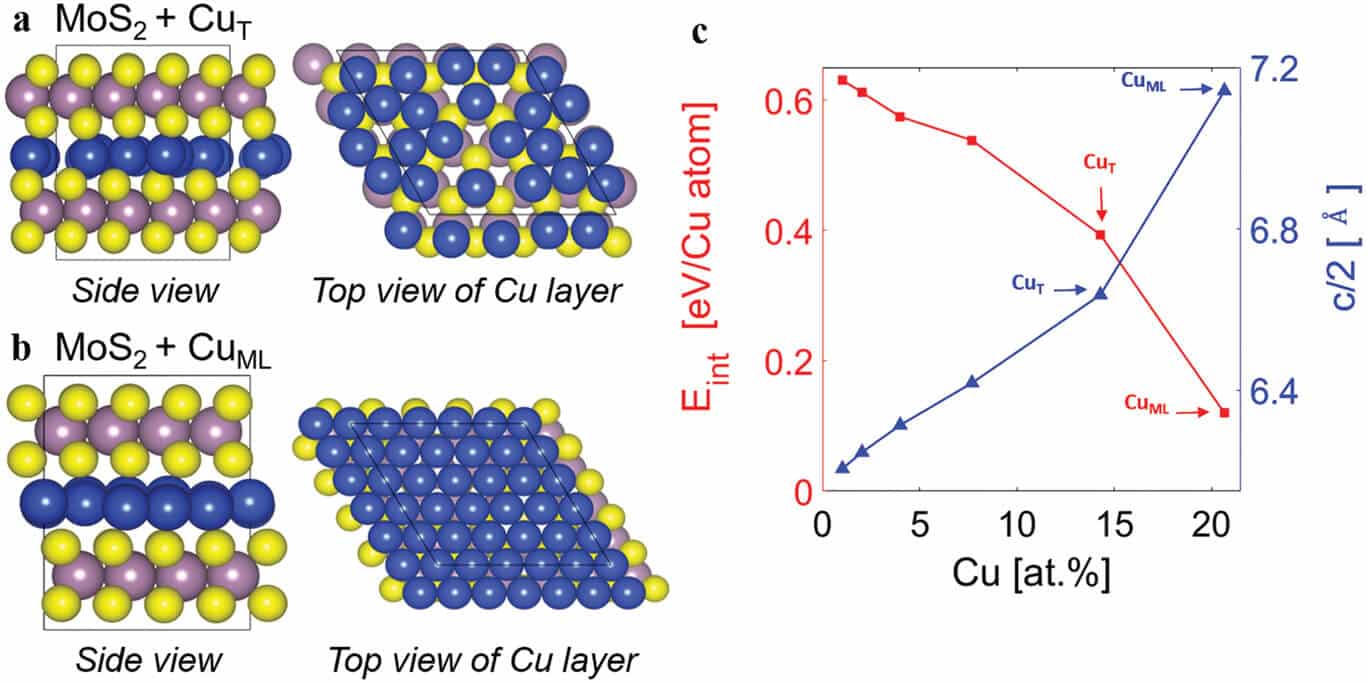Researchers from the Faculty of Engineering at Bar-Ilan University created A "pixel" with high sensitivity to light, consisting of a two-dimensional material *will lead to a considerable reduction in the price of this equipment

In a study carried out in the laboratory of Prof. Doron Neve at the Faculty of Engineering at Bar-Ilan University A "pixel" with an extremely high sensitivity to light, consisting of a two-dimensional material in a unique configuration, was designed and realized. The pixel is suitable as a core component that will yield a considerable reduction in price alongside other advantages in starlight amplifiers, which are the most common night vision systems today. The full article was published in the journal Advanced Materials.
Sheets of certain materials with a thickness of individual atoms ("two-dimensional materials") have very interesting unique electro-optical properties on the one hand, and suitability for integration in mass serial production processes on the other hand. These parameters make it possible to use the two-dimensional materials as a basis for the next generation of electro-optical detectors, with the intention of producing cheap video cameras from them, which transmit the image of the landscape even in weak lighting conditions or even in total darkness. Examples of materials from which two-dimensional sheets can be made: graphene (carbon), molybdenum disulfide, black phosphorus and more.

Today, cameras designed to see in low light or in the dark are relatively expensive. The most common devices are starlight amplifiers, which are based on amplifying starlight using a dedicated vacuum tube that converts the light hitting the electrons, doubles the amount of electrons, and accelerates them until they hit a phosphorescent screen and from there to the user's eye (a kind of green image of the landscape is obtained). Another type of device is the thermal cameras, which are based on "heat sensing" detectors. Both types of cameras are expensive, so their purchase is limited to research, medical imaging or security needs.
As part of the research, a "pixel" was developed and realized, consisting of a unique structure of several dozen parallel vertical two-dimensional sheets of molybdenum disulfide with the addition of a small amount of copper atoms inserted in an innovative process between the sheets.
Two-dimensional material
Light hitting the two-dimensional sheets is converted into electrons, which are multiplied several tens of thousands of times by the amplification mechanism resulting from the presence of the copper atoms, called and shown as current strength. In this way, the pixel reads the image coming to it from the landscape. As designed, the response of the pixel is in the visible light (VIS) and near infrared (NIR) range.
The response area of the pixel and the high gain inherent in it make it a natural candidate for replacing a core component present in the starlight amplifiers (empty tube). Among the advantages of the pixel compared to the vacuum tubes, we can mention the transfer of a digital image of the landscape for further processing, the prevention of "burning" of the tube when operating it in daylight, the compactness of the component and its significantly cheap price, which will make the night vision cameras accessible to everyone who needs them.
More of the topic in Hayadan:
- Mini Lisa - Leonardo da Vinci's famous painting, the Mona Lisa was painted on a canvas 30 microns wide
- About a hundred years of quantum field theory - about the theory that changed the world
- Dramatic technological improvement in the creation of precise optical components at the Technion
- Researchers at Tel Aviv University have developed antibacterial nanostructures that can be incorporated into dental restoration materials (fillings)

One response
Hamas is waiting impatiently for the product.